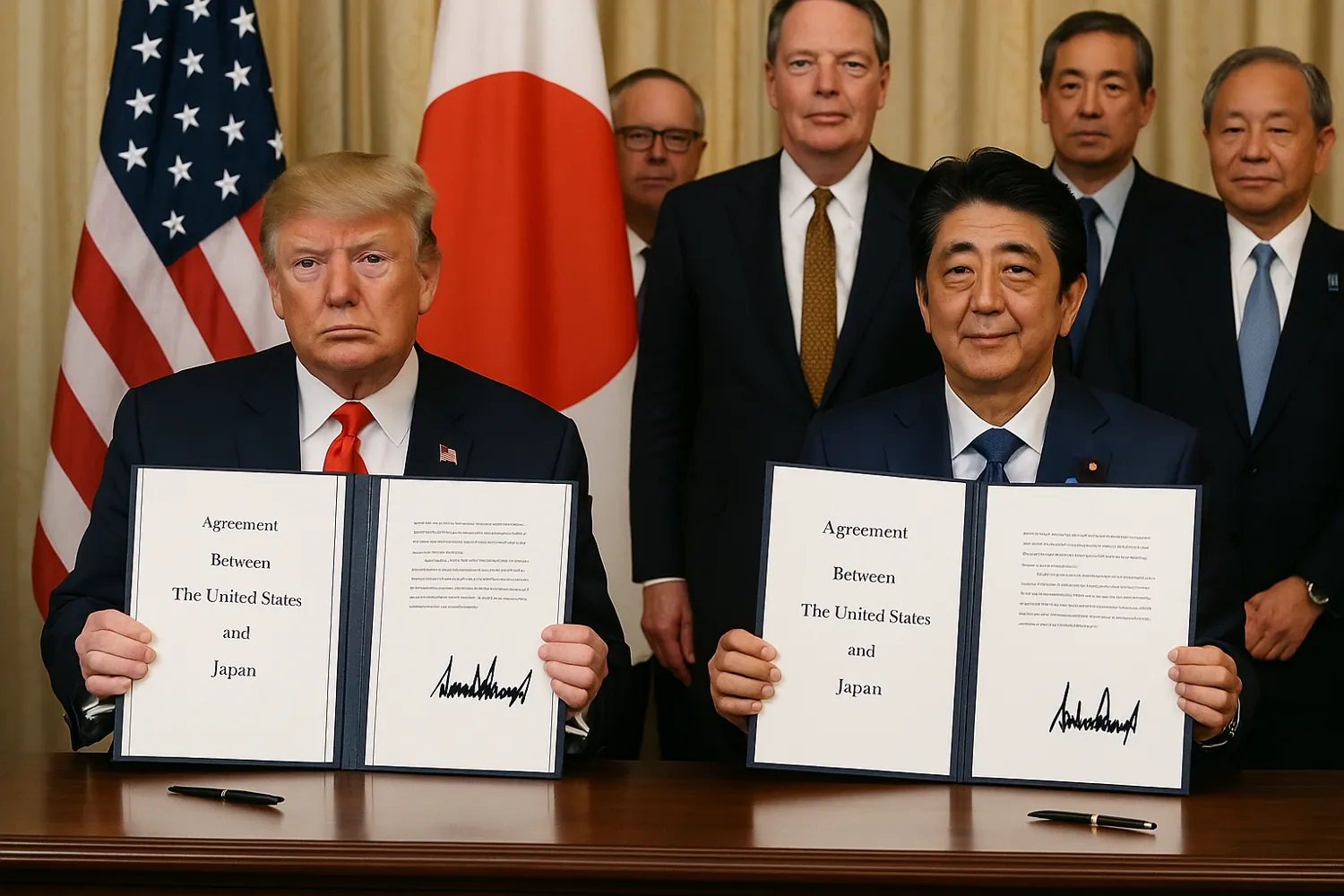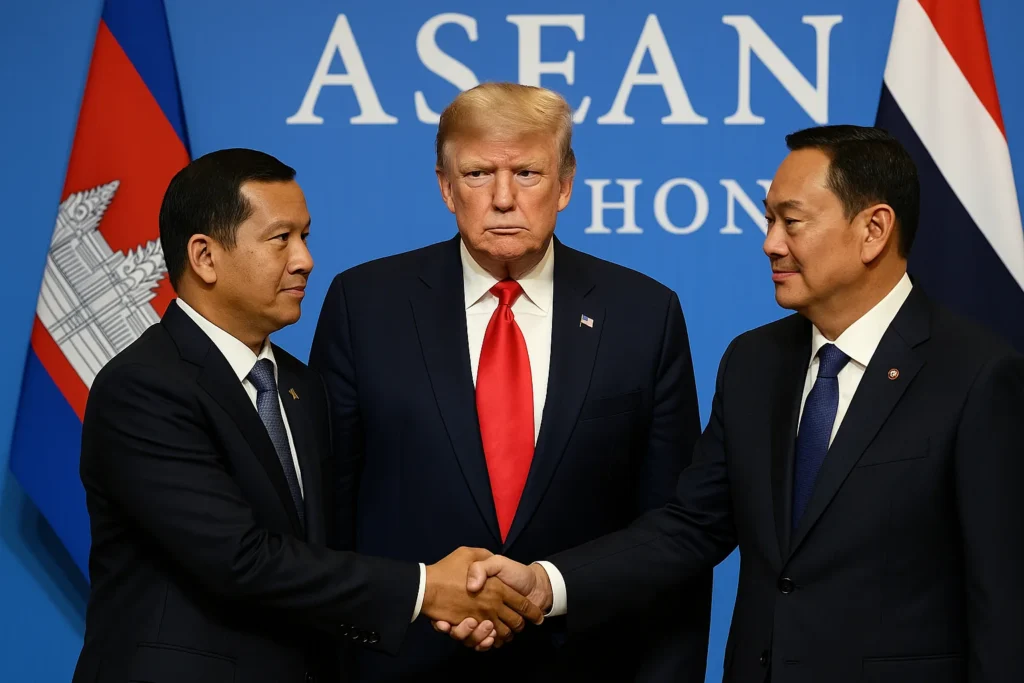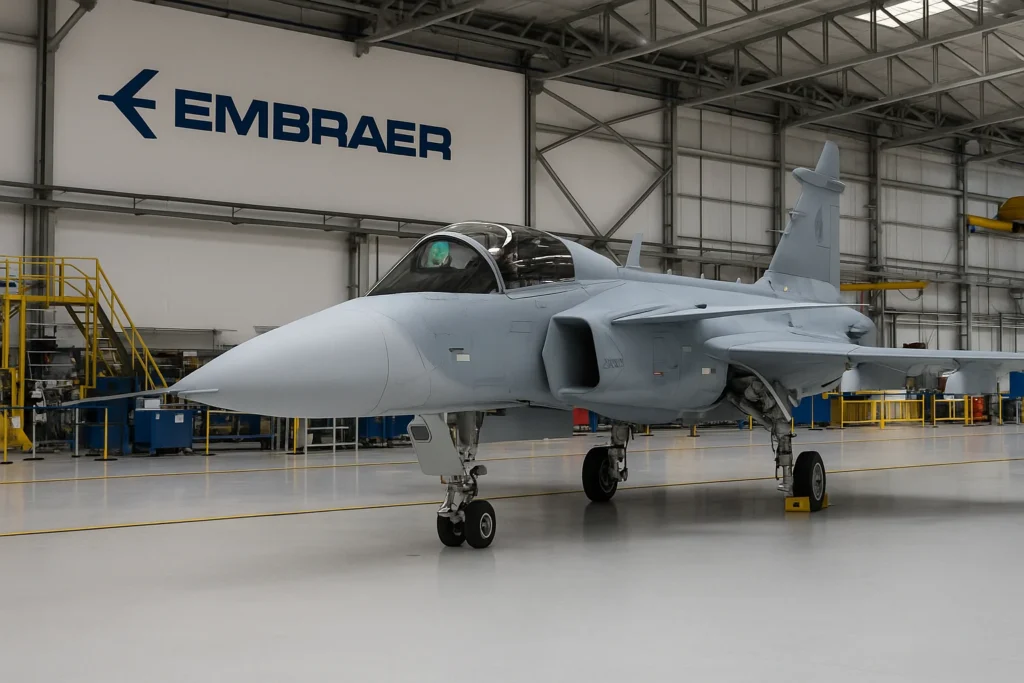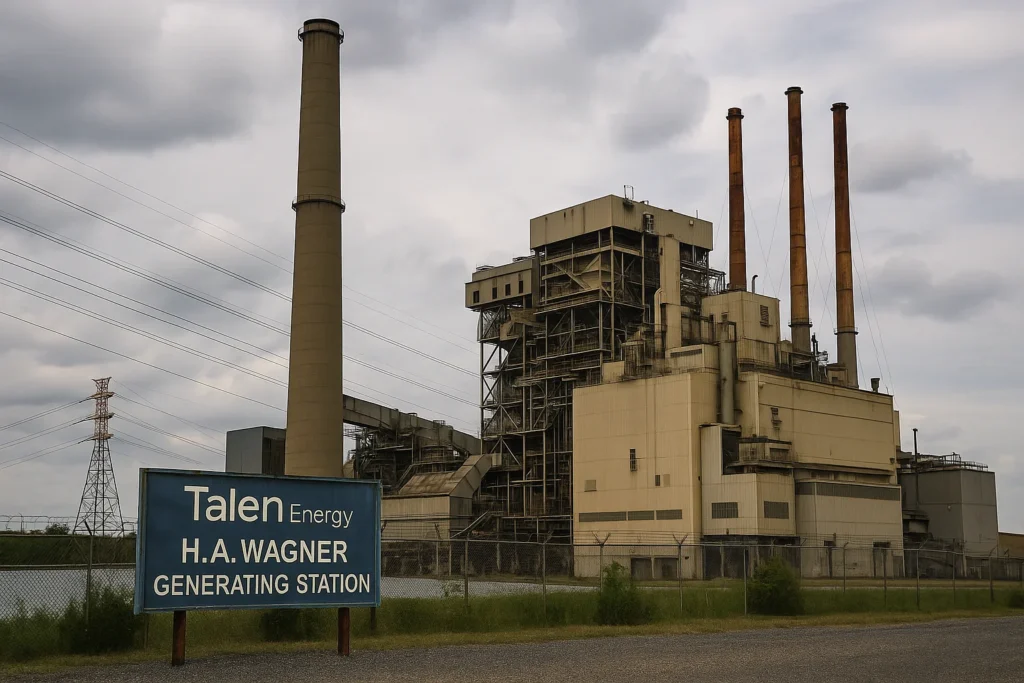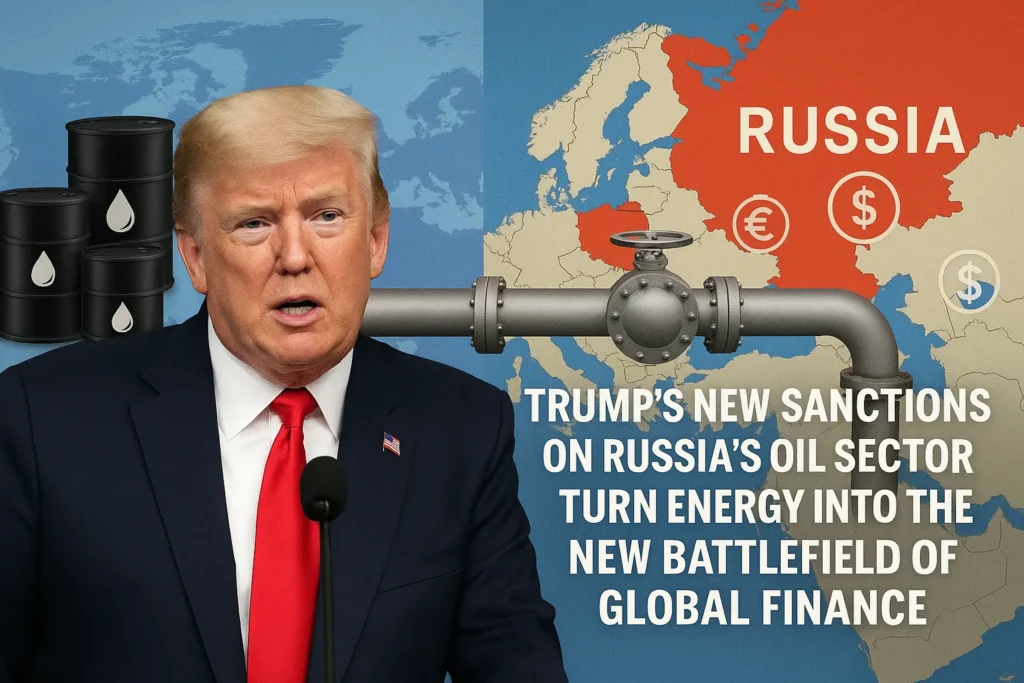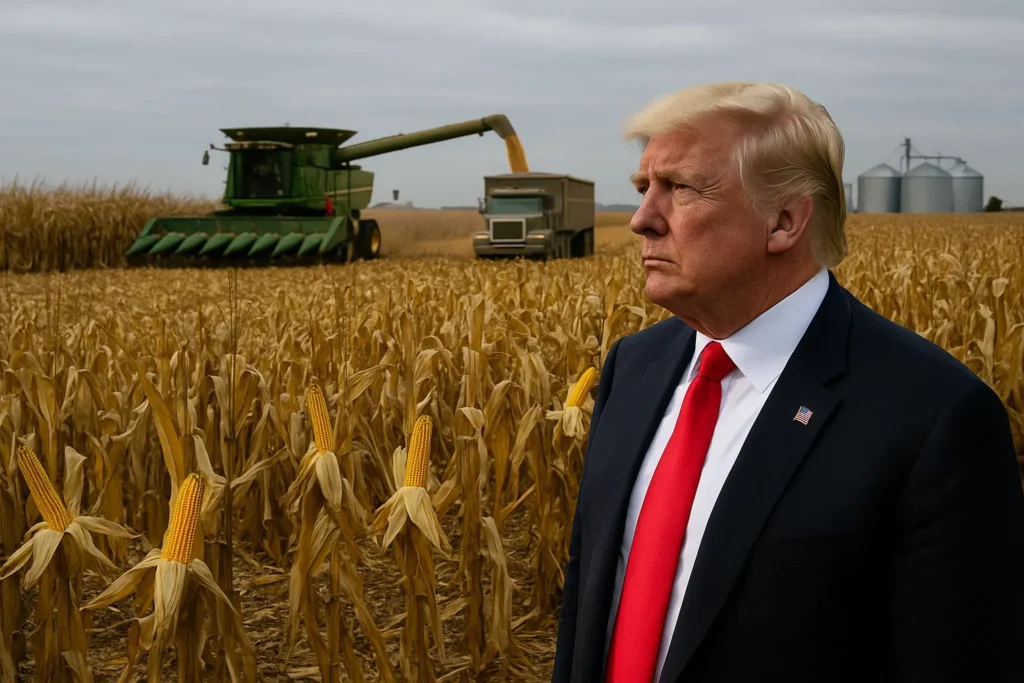When the US-Japan Trade Deal was announced, the world sighed with relief. For the first time in months, global markets saw a headline that didn’t send investors into panic mode. Tariffs capped at 15%. No retaliation, no trade meltdown. Yet, behind the photo-ops and diplomatic smiles, this so-called “breakthrough” may be little more than a tactical pause — a fragile peace in Trump’s long, chaotic war on globalization.
Economists call it a “stabilizing moment.” But if we’ve learned anything from this administration, stability is often a prelude to the next round of chaos. The deal doesn’t rewrite the rules — it simply freezes the battlefield.
Context: A temporary ceasefire in a global economic war
The trade conflict between the U.S. and its allies began not as an economic debate but as a political weapon. When Trump returned to the White House, tariffs became his tool of choice — a blunt instrument for negotiating loyalty. The US-Japan Trade Deal, finalized after five months of talks, caps tariffs at 15%, preventing a return to the 30% hikes threatened earlier this year.
For Japan, the deal averts disaster. Automakers like Toyota and Honda were bracing for billions in losses. Japanese officials quietly admitted that, without an agreement, up to 120,000 manufacturing jobs were at risk. Meanwhile, the U.S. agricultural lobby — one of Trump’s loudest bases — demanded access to Japanese markets for beef, corn, and soybeans.
The compromise is simple: the U.S. gets partial tariff relief for its farmers, Japan avoids a car export catastrophe, and both sides pretend it’s a victory for “free trade.”
But this isn’t free trade. It’s a managed truce. A senior negotiator from Japan’s Ministry of Economy told Nikkei Asia, off the record, that “every clause was written to be reinterpreted later.” The deal contains built-in review mechanisms that allow Washington to reimpose duties if “market conditions” shift — a vague term that gives Trump’s team near-total flexibility.
So while Tokyo celebrates, Wall Street watches nervously. The global economy may have avoided a full-scale trade collapse, but it hasn’t escaped Trump’s volatility.
Oppositional Argument: The illusion of stability
Mainstream media call this deal “historic.” That’s nonsense. The US-Japan Trade Deal is not a triumph — it’s a survival pact. It doesn’t dismantle tariffs; it institutionalizes them. It doesn’t build trust; it codifies fear.
Trump’s negotiators boast that the deal “protects American jobs.” Yet the data says otherwise. U.S. imports from Japan fell 9% in Q3 2025, while manufacturing layoffs rose in the Midwest. Economists from the Peterson Institute note that protectionist policies are now costing the U.S. economy roughly $45 billion a year in lost productivity.
Japan, for its part, had no leverage. After years of watching Washington weaponize tariffs against allies, Tokyo folded. It had to. Losing U.S. access would devastate its tech sector — particularly semiconductors, where American export controls already choke supply chains.
What we’re witnessing isn’t diplomacy. It’s dependency management. Trump’s America doesn’t negotiate; it dictates. Japan’s leaders understood that saying “no” meant isolation.
Behind the scenes, several Japanese corporate executives described the negotiations as “humiliating.” According to leaked notes from Japan’s Chamber of Commerce, the delegation faced threats of new sanctions on rare-earth metals if talks stalled.
So when Trump smiled for the cameras, it wasn’t goodwill — it was victory theater.
Analytical Breakdown: The geopolitics of economic coercion
The deal’s timing isn’t accidental. With U.S. average tariffs now at 17% — up from just 2.5% a year ago — the administration needed one success story to temper global outrage. And Japan, America’s oldest Pacific ally, became the convenient symbol of “responsible cooperation.”
But behind the curtain, this was about China. By binding Japan to U.S. tariff ceilings and supply-chain commitments, Washington is boxing in Beijing’s regional influence. Japan’s role as a semiconductor hub gives the U.S. leverage in Asia’s most strategic industry.
A White House aide, speaking anonymously to Reuters, admitted that “Tokyo was never the target — Beijing was.” The US-Japan Trade Deal is a chess move, not a partnership.
Meanwhile, the U.S. continues parallel talks with the EU, Canada, and Brazil. None are progressing smoothly. European diplomats privately accuse Washington of “economic intimidation,” warning that the 15% cap model could become the default template — one that benefits U.S. exporters while freezing others into compliance.
Japan’s economists understand the trap. “A tariff ceiling isn’t a ceiling — it’s a leash,” said Professor Yuki Matsuda of Keio University. “Once you accept the principle, you’ve accepted subordination.”
It’s hard to call this globalization. It’s controlled interdependence — the same pattern seen in the U.S.–South Korea defense deals and the new supply-chain accords with Taiwan. The world is reorganizing around American risk management, not market freedom.
Human Perspective: Ordinary lives in extraordinary economics
At street level, this trade détente changes little for most citizens. In the U.S., pork producers cheer while car dealers groan. In Japan, consumers brace for higher prices on imported energy and machinery.
Take Hiroshi Tanaka, a small-scale manufacturer from Osaka, who supplies components to Mazda. “Every deal changes the price of steel, the cost of bolts, the schedule of deliveries,” he says. “You can’t plan beyond six months anymore.”
In Iowa, soybean farmer Beth Cooper tells The Des Moines Register: “We’ve been caught between politics for years. Now they tell us Japan will buy more beans. Maybe. But we’ve heard that before.”
Their frustration exposes the fundamental flaw of Trump’s tariff politics: the working class becomes both pawn and victim. The administration sells trade chaos as patriotism, but the benefits flow upward — to conglomerates, not citizens.
Even Japanese unions, usually cautious, are sounding alarms. The Federation of Auto Workers in Aichi Prefecture issued a rare statement calling the deal “a temporary reprieve, not a solution.”
Underneath the policy debates, people are exhausted. They don’t want nationalism; they want predictability.
Counterarguments: What Trump’s defenders get wrong
Trump loyalists argue that tariffs are “negotiating tools,” not economic punishments. They insist the US-Japan Trade Deal proves that America’s hardline stance yields results.
But that logic ignores economic reality. Past tariff escalations on China, Europe, and Mexico all ended with higher consumer prices, slower exports, and retaliatory duties. Even the U.S. Chamber of Commerce — hardly a liberal critic — warns that the ongoing trade strategy could shave 0.6% off U.S. GDP in 2026.
Proponents also claim the tariffs protect U.S. steel and manufacturing. Yet, as the Wall Street Journal reported, steel producers now face higher costs for imported components than before the tariffs. The same pattern repeats in the auto industry: fewer imports, yes, but no meaningful rebound in domestic production.
In short, the numbers don’t back the narrative. The only measurable success is political — Trump looks “tough on trade,” which plays well in rallies, not in balance sheets.
Insider Perspective: What negotiators won’t say publicly
According to insiders close to Japan’s negotiating team, the breakthrough came not through diplomacy but through fear. Washington reportedly threatened to expand the Section 301 investigation into Japanese tech subsidies if talks dragged on. That would have opened the door to punitive measures worth up to $90 billion.
One senior diplomat described the atmosphere as “economic hostage-taking.”
Meanwhile, several U.S. officials quietly admit the administration needed a headline win before year-end to reassure investors after a volatile quarter. Treasury insiders leaked that the deal was finalized just hours before a major bond auction — a coincidence too convenient to ignore.
Even within Trump’s circle, doubts remain. Former USTR Robert Lighthizer reportedly warned that “quick fixes” like the Japan deal could backfire if trading partners coordinate retaliations through the WTO.
In other words, the peace Trump sells may be the calm before another storm.
Global Reaction: Relief mixed with resentment
Markets reacted predictably — a brief rally in Asian equities, modest gains for the yen, and a stronger dollar. But the political reaction was less enthusiastic.
European leaders criticized the bilateral approach, calling it “fragmentation of trade order.” China dismissed the agreement as “theater diplomacy,” hinting that it may redirect exports to Southeast Asia to bypass potential future restrictions.
In Canada and Brazil, negotiators see warning signs. Both nations are under pressure to sign similar 15% cap deals. A senior Brazilian official told Folha de São Paulo, “We’re being asked to surrender sovereignty in exchange for predictability. That’s not negotiation — that’s subjugation.”
It’s a sentiment increasingly shared across the Global South. The message is clear: align with Washington’s tariff framework, or face economic isolation.
Historical Parallels: Lessons from the 1980s Plaza Accord
There’s an eerie familiarity here. In 1985, the U.S. forced Japan into the Plaza Accord to weaken the yen and reduce its trade surplus. Back then, it was currency manipulation; today, it’s tariff manipulation.
Both cases share a pattern — economic “cooperation” masking geopolitical coercion. The Plaza Accord sparked Japan’s asset bubble and the subsequent “Lost Decade.” Could history be repeating itself?
Analysts at The Financial Times think so. They argue the US-Japan Trade Deal may artificially suppress Japan’s competitiveness, especially in semiconductors and AI manufacturing, to preserve U.S. industrial dominance.
If that’s true, Japan may once again be sacrificing long-term prosperity for short-term peace.
Analytical Deep Dive: The data behind the drama
Let’s look at the numbers. The 15% tariff cap affects roughly $280 billion in bilateral trade. U.S. exports to Japan — primarily agricultural and tech equipment — are expected to grow by $18 billion over the next year. Japan’s auto exports, valued at $54 billion annually, will remain stable.
But tariffs on key components like lithium batteries and advanced chips remain. That’s no oversight — it’s strategy. Washington wants to retain leverage in high-tech sectors while easing consumer-level tension.
The result is an uneven playing field. Large corporations can absorb compliance costs, but small and medium enterprises cannot. Over 40% of Japanese exporters surveyed by NHK said the new rules increase paperwork and uncertainty.
In the U.S., the situation isn’t much better. Farm cooperatives welcome Japanese market access, but freight and input costs continue to rise due to fuel tariffs and disrupted global shipping routes.
Trump’s policy may look strong on paper, but in practice, it’s strangling the middle layers of the economy — the same ones that once defined American industrial might.
Human Cost: Workers without clarity
The most underreported story in this saga is the toll on workers. Tariff negotiations are abstract, but job insecurity is real.
In Yokohama’s port, dockworkers whisper about layoffs if trade volumes dip. In Detroit, auto-parts suppliers face similar fears. In both nations, the middle class bears the cost of geopolitical theatre.
A U.S. labor organizer put it bluntly: “Trade policy isn’t supposed to feel like trench warfare. But that’s what it is now — constant tension, zero predictability.”
This unpredictability is precisely the feature of Trump’s approach. It keeps everyone — allies, rivals, and domestic industries — perpetually on edge. Control through chaos.
Conclusion: The calm before the next confrontation
The US-Japan Trade Deal is not the peace it pretends to be. It’s an uneasy truce designed to stabilize headlines, not economies. Beneath its calm surface lies a volatile mix of coercion, dependence, and political calculation.
Yes, the world avoided another tariff explosion. But peace built on fear doesn’t last. It corrodes trust, undermines cooperation, and turns allies into hostages.
In the end, this deal says less about trade and more about Trump’s worldview: control first, stability later. The question is how long Japan — or any nation — can live under that kind of economic blackmail.
Markets may cheer, but history will likely remember the US-Japan Trade Deal not as a victory of diplomacy, but as a warning: the return of trade as a weapon, and of America as its most unpredictable wielder.
External Links
43 views
